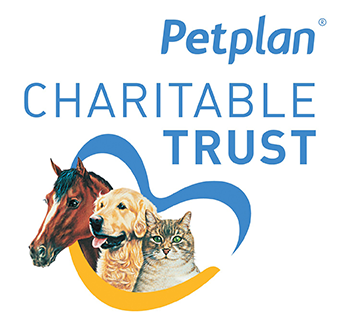 Crisis implementation of Cat Friendly Homing
Crisis implementation of Cat Friendly Homing
Feeling overwhelmed?
Firstly, don’t panic, there will be a resolution, but you need to take action. Whatever your current crisis, this implementation guide will provide advice and guidance for cat friendly outcomes.
| Are you in crisis?
For many homing centres a crisis develops over time with more cats coming in than can be properly cared for and fewer cats being homed. Overcrowding then leads to poor welfare and sometimes outbreaks of infectious diseases. There may have been an intake of cats from multicat households or from the street that are not socialised and difficult to home. In some cases, there may have been a higher than average intake of older or sick cats that stay much longer. |
Are you in crisis?
|
Understanding the factors that have caused your crisis will be a key part of the process of finding a solution and help you to avoid a recurrence. Whatever your current crisis, this implementation guide will provide advice and guidance for cat friendly outcomes.
Three steps to managing a crisis
Step 1 – INTAKE
- Stop all intake. If you have a legal obligation to take in cats, then restrict this to ‘emergencies only’ for a minimum of 6 weeks. This is to allow you time to assess all the cats in your homing centre and any in foster homes, develop a plan to reduce numbers and understand what your capacity should be, given your resources. If you are able to bring in additional staff and volunteers during this period you will be able to progress more rapidly
- Create an inventory of all your cats in your homing centre and foster homes and assess every cat using the TLA Each cat should have basic information – age, sex, colour, date in, medical status, observations during stay, history/background if known
- Record the cats’ TLA colours with reasons for your choice and a plan of action. Involve staff, volunteers, veterinarians etc, in developing a full picture of each cat’s needs. For some complex cases a full QoL assessment may be needed. You then need to focus on red cats and those with the longest stay and allocate resources to find them homes or alternative lifestyles
- Where possible move cats to foster homes to enable a better assessment of their suitability to be pet cats, but only if they are healthy and don’t risk spreading disease to the foster carer’s own cats
- Review your intake procedures to ensure staff are confident with handling public enquiries to divert them to other centres. Staff should use a systematic approach for each enquiry and record any action plan with timelines and allocated responsibilities
- Assess your current waiting list and prioritise those cases that are most urgent, looking at community-based solutions (working with the community) whenever possible. (In an ideal world, assessment in the cat’s own environment should be the default for all but true emergency situations). This allows you to see cats in their normal environment and make a better assessment before deciding the best course of action. Always ask the question – If I take this cat into my homing centre – do I have plan? Will the outcome we offer make an improvement to this cat’s current quality of life?
- Triage can be used to assess quickly and assign actions for each incoming enquiry
Step 2 – CARE
- Review all your care processes – check that staff are keeping good records (daily observations etc) and make sure that time is set aside to review cats regularly
- Every cat should have adjustments made to its environment to reduce stress and anxiety
- Every cat should have a positive interaction plan regarding any contact with people and this should be clearly displayed for all staff and volunteers
- All staff and volunteers need clear procedures about what to do if they come across any changes in a cat’s physical health or mental wellbeing and when they should escalate concerns to management, if such a structure exists within the organisation. One bout of vomiting may only require noting and the cat observed, but continuous or regular vomiting may need referral to a senior member of staff or veterinarian
- Arrange daily management-lead care planning meetings to ensure progress is being made and actions followed up, as well as discussing any new issues. Focus should be on outcomes and actions that are proactive and promote early intervention
- If you are deferring a decision, then you must be clear how you think the cat’s outcome will change or improve by doing so
- Red cats will be the priority and, at this point, they may be the majority of the cats. Any cat that has unresolved health concerns and cats with the longest stay will fall into this group. QoL assessments will be key for these cases
- Review your veterinary care and make sure you have good support and communication and that the veterinarians understand the need for welfare focused decision-making and practical applied clinical interventions
- Review the type and amount of food offered. Dietary needs should be assessed for each cat
- Procedures for looking after the needs of specific cats should be developed – eg shy cats, elderly cats etc.
Step 3 – OUTCOME
- Look at your homing process and make sure there are as few barriers to adoption as possible, including:
- Convenient opening times
- Fast turnaround on home checks (if they are needed)
- Alternative methods of assessing potential owners, eg self-assessment, veterinary references
- More open consideration of certain people or places that have been excluded previously due to misguided misconceptions about their suitability
- Go through the adoption paperwork with people before showing them any cats and then develop a shortlist of matched cats that would be suitable. Reducing choice improves decision-making
- For cats in foster homes use empty pens/cages or other display areas to put up pictures and detailed descriptions
- If you have a particular group of cats that have been slow to rehome then consider a campaign to promote them to potential owners. This will also be useful information for developing care plans for these cats in the future



